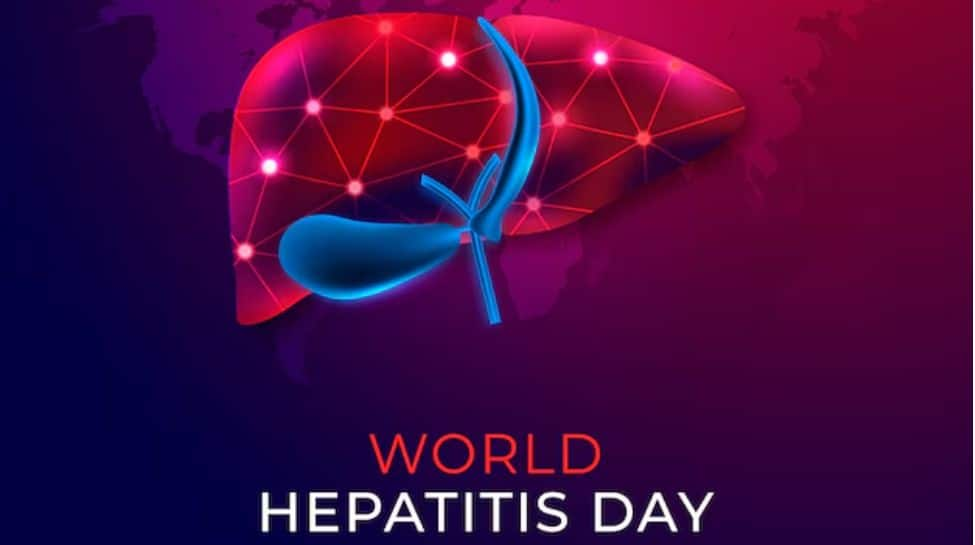Viral hepatitis, a disease affecting millions worldwide, remains shrouded in misconceptions and stigma despite significant medical advancements. This editorial seeks to elucidate the realities of viral hepatitis, dispel prevalent myths, and address the associated stigma that hampers effective prevention and treatment efforts shared by Dr Arti Pawaria, Clinical lead and Senior Consultant, Pediatric Hepatology, Amrita Hospital Faridabad.
Understanding Viral Hepatitis
Hepatitis refers to the inflammation of the liver, and viral hepatitis is caused by distinct viruses labeled A, B, C, D, and E. Hepatitis A and E are typically transmitted through contaminated food and water, while hepatitis B, C, and D are primarily spread through blood and other bodily fluids. Chronic infection with hepatitis B and C viruses can lead to severe liver diseases, including cirrhosis and liver cancer, making early detection and treatment vital.
Dispelling Myths
One of the most pervasive myths is that hepatitis only affects certain demographics, particularly those with specific lifestyles or behaviors. This misconception fosters a false sense of security and ignores the reality that anyone can contract hepatitis through common activities such as eating contaminated food (hepatitis A and E) or undergoing medical procedures with unsterilized equipment (hepatitis B and C).
Another widespread myth is the notion that hepatitis B and C are untreatable. In reality, antiviral medications can effectively manage hepatitis B, and newer treatments for hepatitis C have a cure rate exceeding 95%. Public awareness about these advancements is crucial to encourage individuals to seek testing and treatment.
Addressing Stigma
The stigma surrounding hepatitis often stems from misinformation and fear. Individuals diagnosed with hepatitis frequently face discrimination in both social and professional spheres, exacerbating their challenges. This stigma not only impacts their mental health but also deters others from getting tested or disclosing their status, perpetuating the cycle of transmission.
To combat this stigma, education, and awareness campaigns are essential. Public health initiatives should focus on conveying that hepatitis is a medical condition, not a moral failing. Promoting stories of individuals living with hepatitis who lead healthy, productive lives can also help reduce fear and prejudice.
The Role of Vaccination and Prevention
Vaccination is a cornerstone in the fight against viral hepatitis. Vaccines for hepatitis A and B are highly effective and have significantly reduced incidence rates in regions with robust immunization programs. Universal immunization against Hepatitis B is a part of the national immunization program. Vaccine against Hepatitis A is available as a single dose (live attenuated) & 2 doses (killed) is available as an optional vaccine. However, global vaccination coverage remains uneven, and efforts must be intensified to ensure widespread access, particularly in low-resource settings.
Preventive measures also include avoiding intake of contaminated food and water, safe injection practices, screening of blood donations, and harm reduction strategies for individuals who inject drugs. Comprehensive education on safe sexual practices and the importance of regular medical check-ups can further mitigate the risk of hepatitis transmission.
The Path Forward
Eradicating viral hepatitis as a public health threat requires a multifaceted approach encompassing education, vaccination, early detection, and treatment. Governments, healthcare providers, and community organizations must collaborate to create supportive environments for those affected by hepatitis.
Investment in research is equally crucial. Continued development of more effective treatments and potential cures, along with innovative prevention strategies, will propel us closer to the goal of eliminating viral hepatitis.
In conclusion, separating facts from myths and addressing the stigma surrounding viral hepatitis is imperative for global health. By fostering understanding and compassion, we can create a world where individuals with hepatitis receive the care and respect they deserve, ultimately paving the way for a hepatitis-free future.














































